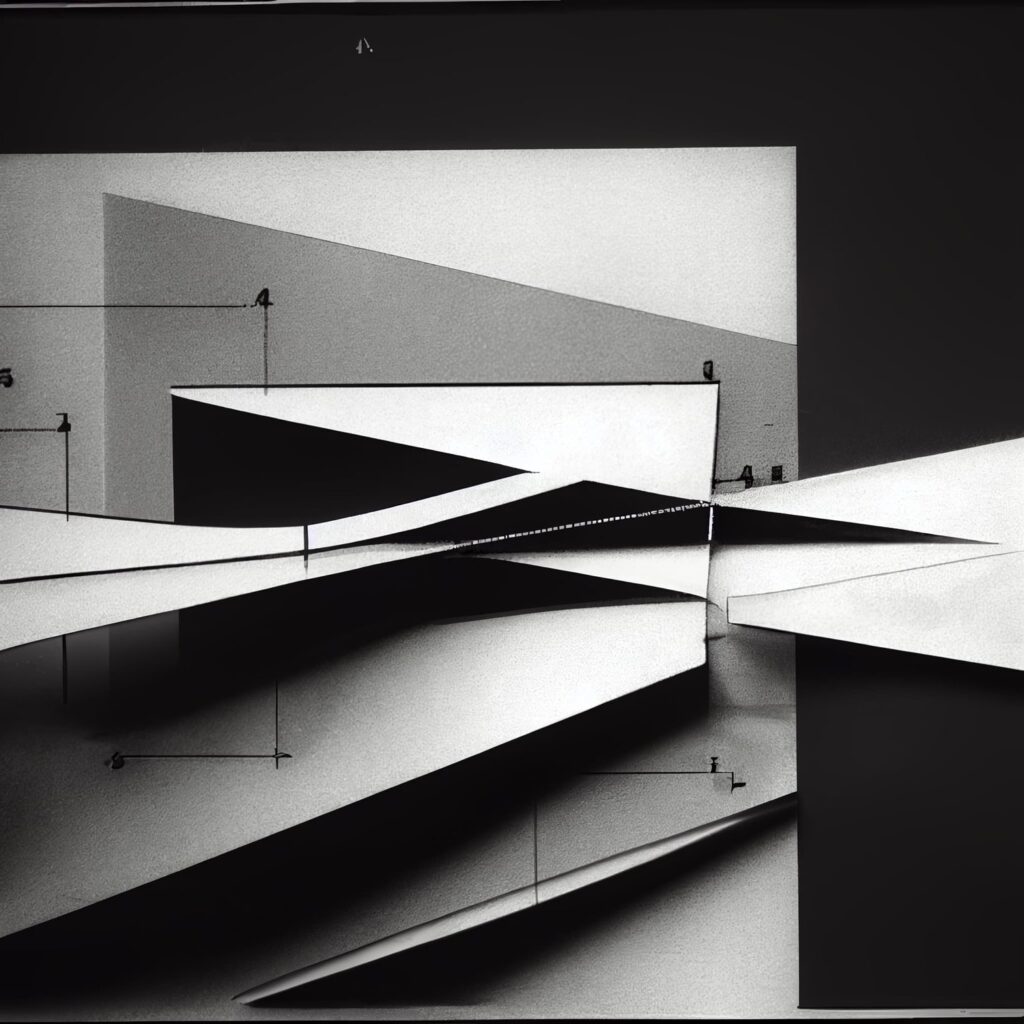How do you tell if a product has good Product Market fit?
You tell it through its behavior.
If people are using a product, it has product market fit.
But what determines whether people use a product?
That’s what Behavior Market Fit is all about.
Each market, each user group, has a particular set of behaviors they’ll perform. For example, senior citizens are not likely to skateboard, send disappearing images/texts, or weight lift. While there are surely some individuals in that market who would partake of some of these behaviors, building a product for senior citizens around weight lifting, disappearing texts, or skateboarding is not likely to be met with success, even if it’s the best designed and engineered product of the year.
The fact of the matter is that each market/user group has its own particular set of situational and psychological differences that determine which behaviors will be adopted and which will never even be attempted.
The job of every product team, whether they know it or not, is to make it as easy and delightful as possible for their target market/user group to perform a behavior that they find doable, useful, compelling, and enjoyable that also leads to an important business outcome for the company.
If any of these things are missing, there is no Behavior Market Fit and the project and any associated products will be a failure.
Behavior Market Fit requirements:
-
For market/user:
-
must be useful
-
must be compelling
-
must be rewarding/enjoyable
-
must be doable
-
-
For company:
-
must lead to a desired business outcome
-
While most product teams usually begin with a market/user group in mind, and then build the product around a user group, Behavioral Strategy starts with a desired behavior/action first, and then figures out the right market/user for that behavior.
It’s important to start with the behavior because choosing the right behavior ensures that the company’s business goals will be achieved. The first step of any Behavioral Strategy project is the creation of a clear desired outcome or goal. For example, if you work for a large retailer your desired outcome might be an increased Net Promoter Score or a reduction in the return rate.
The second step of the Behavioral Strategy process is what we’ll call market/user discovery. We come up with lists of potential markets/users that can help us accomplish this goal. The idea here is to choose a user group that is large enough to impact our desired outcome but niche enough for us to study in an in-depth manner. We also want to choose a market/group that we can contact and market to as efficiently as possible.
The third step of the Behavioral Strategy process is Behavioral Research. This is where we do everything we can to understand the market/user group we’ve chosen. This step can be broken into three parts: Situational Survey, Behavioral Audit, and Worldview Analysis.
Once we have a robust understanding of our market/user group, we can choose the right behavior for our business goal(s) and market/user group. This step of the process is called Behavior Matching. It’s during this phase that we take our research from step 3 and use it to come up with, and rank-order, every behavior that could lead to our business goal. At the end of this step we have a rank-ordered list of every behavior our market/user group can do for our business goal, and we can confidently select the behavior(s) we’d like to focus on.
Sometimes, we will find that we can’t come up with a high-scoring behavior for our goal. In that case, we’ll have to do some Behavioral Innovation. This is when we invent a new behavior that people can do that leads to our stated goal. For example, flossing was once a novel behavior. There was a time when people didn’t even know that this was something they could do. It was a behavior invented to more effectively solve a user problem (gum health) and a business problem (selling industrial/synthetic floss). Companies invent new behaviors all the time, and it’s always an option when coming up with a Behavioral Strategy.
Finally, after all this Behavioral Strategy work is done, we’re ready to begin the product design and development process. The purpose of the product design process it to make the behavior we’ve identified in the Behavioral Strategy process as easy and enjoyable as possible for the target market/user group we identified. If a product is able to create a good experience for our target market, allowing them to perform the desired behavior easily and enjoyably, then the product will most likely be used frequently and achieve Product Market Fit. Since we spent so much time researching and choosing a behavior that is useful, doable, compelling, and enjoyable, we know that if we build a product with a good user experience it is exceedingly likely to be habit-forming and achieve Product Market Fit.
Behavior Market Fit –> Product Market Fit





